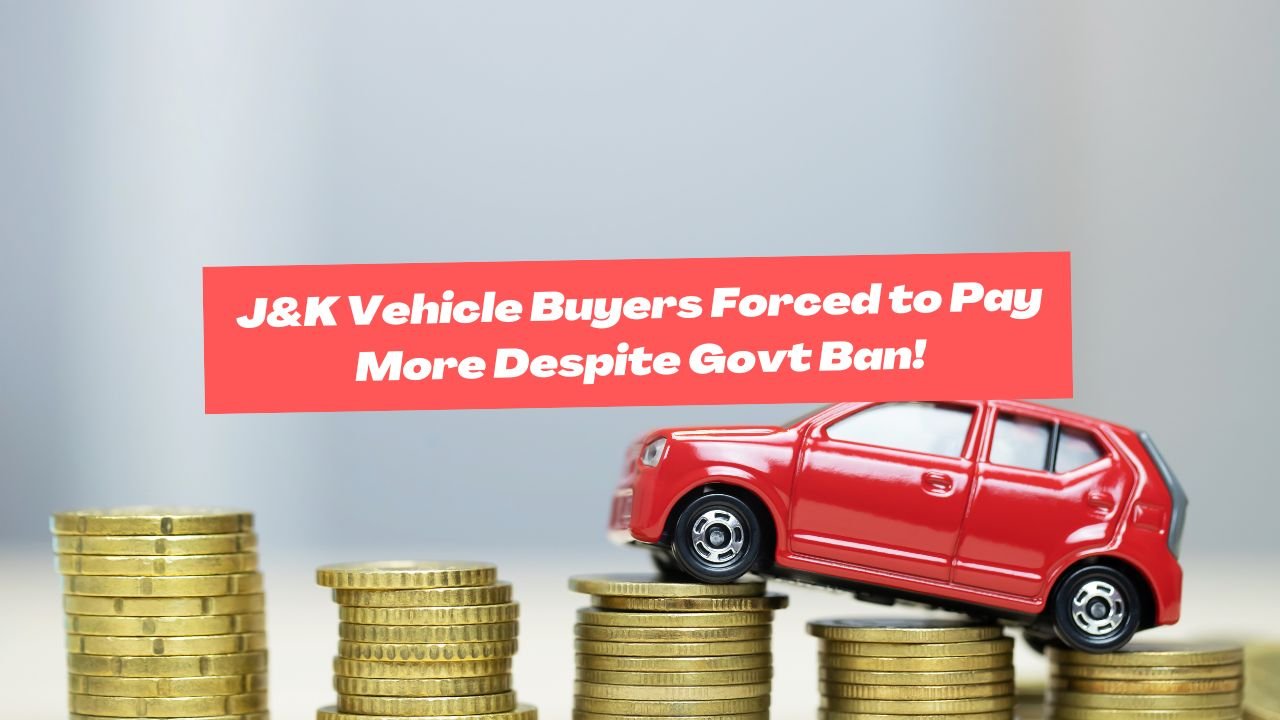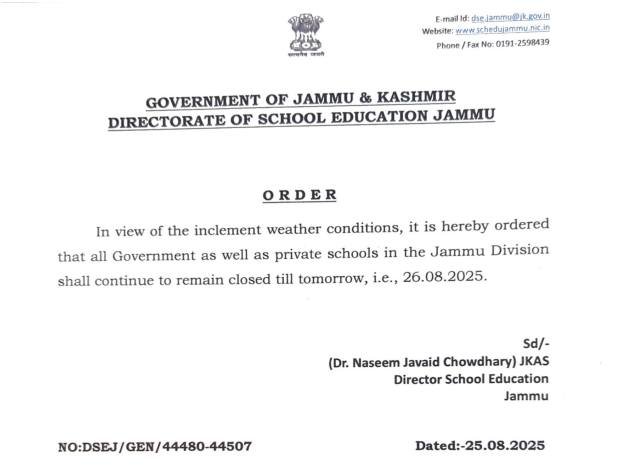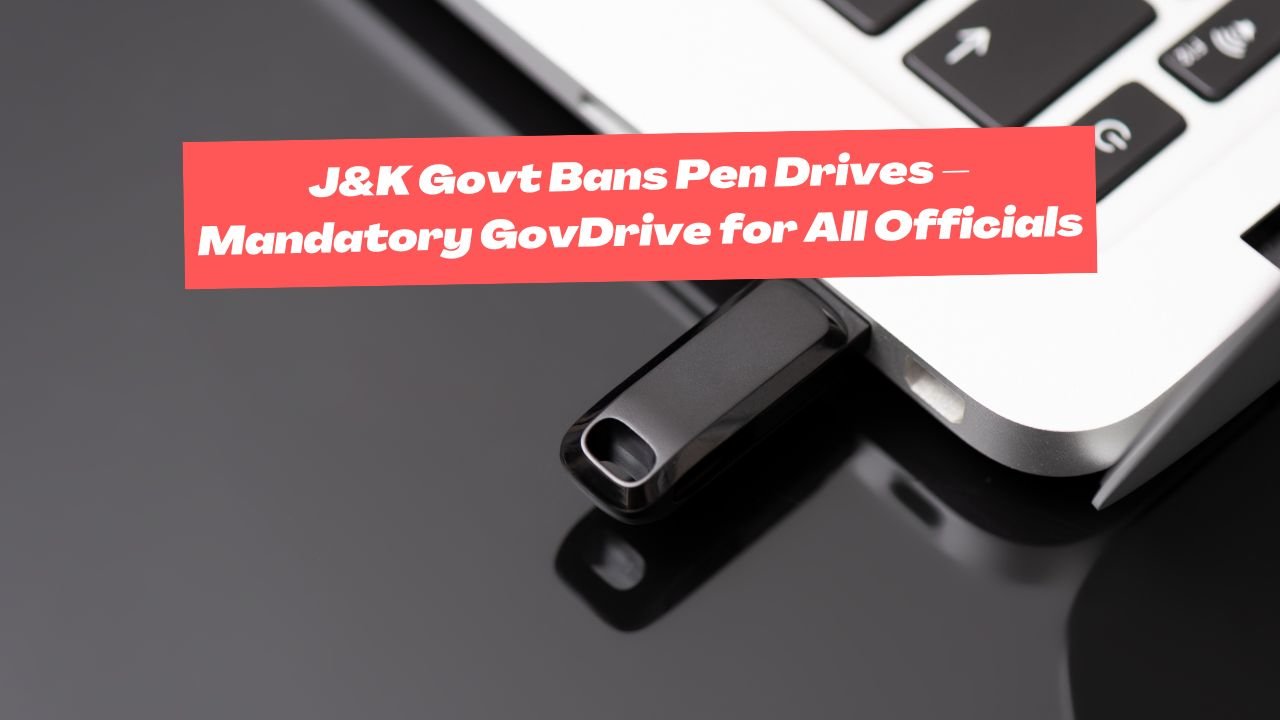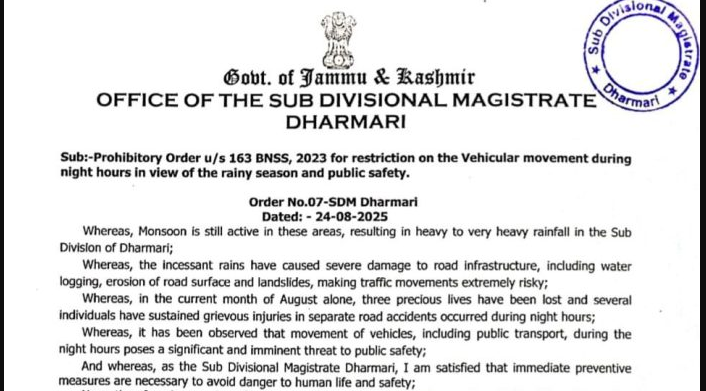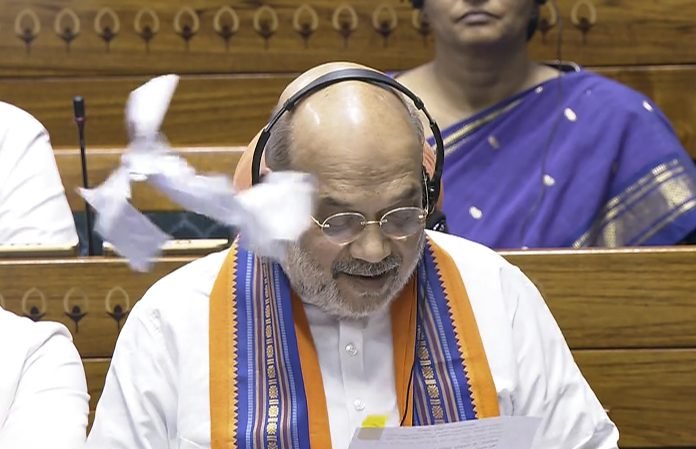By: Anmol Gupta
It is the year 2021, Narendra Modi, the Indian Prime Minister backed by a decisive mandate in his favour in 2019 and the strong military led establishment in Pakistan (following a coup in 2018) agrees to settle the Kashmir Issue in a summit at Shimla. It is decided that the land locked Kashmir Valley with an area of 15,948 sq km and a population of 69.08 lakhs (Census of India, 2011) is to be made an independent country while the regions of Jammu and Ladakh are to be fully integrated into India with POK, Gilgit and Baltistan merged into Pakistan. January 1, 2022 is decided as the date of independence of the ‘Islamic Republic of Kashmir’, the world’s 104th most populated and 154th largest sovereign country. The elections are scheduled to take place in December 2021 to decide on a democratic government.
Tehreek-e-Hurriyat sweeps the first general elections and its leader Masarat Alam Bhat is sworn in as the Prime Minister with Pakistani President in attendance. Alam promises a just government for the people and to build a modern state guided by the tenants of Islam. On the occasion he extends an invitation to people across the world to come visit Kashmir, a place which is a heaven on Earth. The Pakistani President announces the four laning of the the Uri – Muzaffarabad road link to boost trade and people to people contact between the two countries.
We again fast forward to January 1, 2024 i.e. two full years after the territory has become independent to see how the world’s newest sovereign country is progressing. It is Chillai Kalan and we happen to visit a house at Zaina Kadal in downtown Srinagar which was once the hotbed of the independence movement in Kashmir. The family explains that why there is more gloom and less happiness on a supposedly momentous day for the valley. There is absolutely no electricity for the last two days and 18 hour daily power cuts are a routine given that Kashmir does not produce any significant electricity of its own (barring the 480 MW Hydro power project in Uri which mostly sits idle during winters) and supply of electricity from Pakistan is erratic (All major hydro electric dams are located in the Jammu region of the erstwhile J&k state which is with India). The problem has been compounded due to Kashmir owing thousands of crores to Pakistan in electricity dues. There is even a scarcity of coal to fuel the Bukharis and the Kangris as coal imported from India using scare foreign exchange is primarily used at the 48 MW thermal power plant commissioned at Sopore.
The Kashmiri family is asked what Independence means to them and how their life changed post that fateful day two years back. Maqbool Lone, the family patriarch, explains how the life of the ordinary Kashmiri has changed for the worse post this so called independence. Maqbool like three and a half lakh other Kashmiris is employed by the government and works with the Horticulture Department as an Assistant Director but has not attended office for three months as he like most others have not been paid their salary for the last 8 months. He explains that at the time of Independence, Kashmir had revenues of Rs 14,000 crore Indian Rupees or US$ 2 Billions (Approx) while the salaries paid to Government employees only amounted to Rs 17,000 crore (Approx). Government of India to remove dissent in the state had provided government jobs to a disproportionate number of Kashmiris and Kashmir had survived on an average annual assistance of Rs 25,000 crore (Approx) every year from the Indian Central Government. With this source of income dried up, the government simply does not have the resources to even pay salaries and hence, there is a massive mismatch in the revenues and the expenditure. Pakistan given the state of its own economy is not in a position to match the quantum of Indian assistance.
This sentiment is echoed by most others in this locality who tell you that the things they once took for granted under Indian occupation like Cooking Gas, Ration through the Public Distribution System, Quality Education, Free Medical Care, Consumer Durables, FMCG products etc are all gone or in acute short supply. India had once guaranteed food for every resident but today there is even shortage of rice and wheat and the Public Distribution system has collapsed given Kashmir is far away from being self sufficient in agriculture production. Today, Kashmir has the dubious distinction of people migrating to rural areas from urban areas to ensure adequate supply of food. When asked that if the situation is so bad then why is the world not seeing any protests now? They explain that they have also realized that a person cannot protest on an empty stomach. Their first priority is to ensure two meals for their family and everything else takes a backseat. Listening to these accounts from common people one wonders whether India aided the protests of Kashmiris against it by ensuring economic well being of ordinary Kashmiris?
Disenchanted and disgruntled, an average Kashmiri tells you how the premise of tourism sustaining an independent Kashmir has fallen flat. Tourism was supposed to create jobs and revenue for the independent country but not only has the flow of Indian tourists dried up, the crumbling infrastructure and the constant rabble rousing for implementation of Sharia Law in Kashmir has dissuaded most westerners from visiting Kashmir. Also, in the absence of any Heavy Industry or Raw Material, Kashmir does not have any Plan B to fall back upon. It can only hope and plead for aid and assistance from other countries to sustain itself and this help is often not forthcoming.
A visit across Kashmir presents a picture of despondency and helplessness. The famous Gondolas at Gulmarg rusting and out of operation, the unkempt gardens in Srinagar as the gardeners have not been paid any salary in months, rapid deforestation on account of the thriving illegal timber trade, House boats on Dal yearning for customers, lack of jobs and inflation eating away hard earned savings of the people. The inflation in Kashmir stands at a staggering 138% (compared to 4% in India). Two years back when Kashmir gained independence, One American Dollar equaled 70 Kashmiri Rupees (i.e. the same level as the Indian Rupee) while today is has reached a level of 263 Kashmiri Rupees for 1 American Dollar. One hopes that this does not last but to a large extent the average Kashmiri is himself responsible for his woes as they only had fought tooth and nail for this independence not that long back.
During the last year it is estimated that 50,000 Kashmiris have illegally entered into the greener pastures of India (crossing over through Jammu) in the hope of a better economic future and this number is only likely to increase this year. It is indeed ironical that they have chosen to become illegal immigrants when not so long ago they had the option to remain proud Indian citizens contributing to the development of Kashmir and India. Wish some sense had prevailed in Kashmir in 2017, 2018, 2019 or 2020!
(Disclaimer: The views, observations and opinions expressed in above write up are strictly author’s own. Jammuvirasat.com does not take any onus or liability for the veracity, accuracy, validity, completeness, suitability of any of information in the above given write up. The information, facts or figures appearing in the write up in no way manifest the position, standpoint or stance of Jammuvirasat.com and the Jammuvirasat.com does not assume any encumbrance or answerability of the same.)




